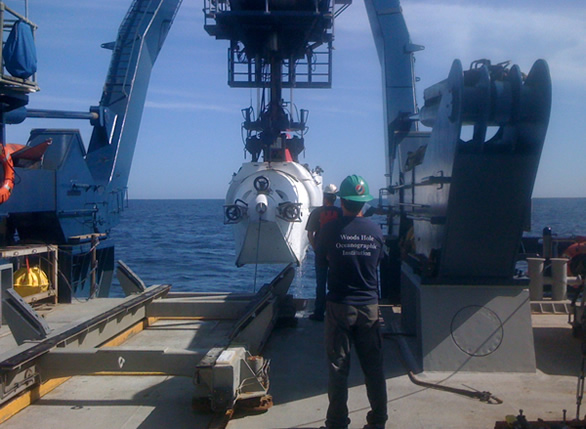
Image Courtesy of Tim Killeen | ||||
| ||||
You might also be interested in:

Traveling Nitrogen Classroom Activity Kit
Check out our online store - minerals, fossils, books, activities, jewelry, and household items!...more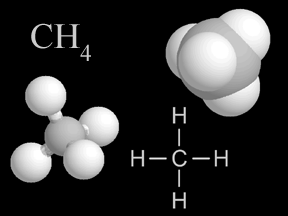
Methane - CH4
Methane is gas that is found in small quantities in Earth's atmosphere. Methane is the simplest hydrocarbon, consisting of one carbon atom and four hydrogen atoms. Methane is a powerful greenhouse gas....more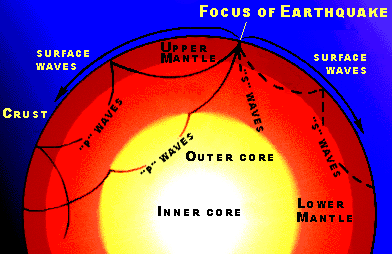
Seismic Waves: Moving and Shaking During an Earthquake
During an earthquake, energy is released in waves that travel from the earthquake's focus or point of origin, in the form of seismic waves. The seismic waves radiate from the focus like ripples on the...more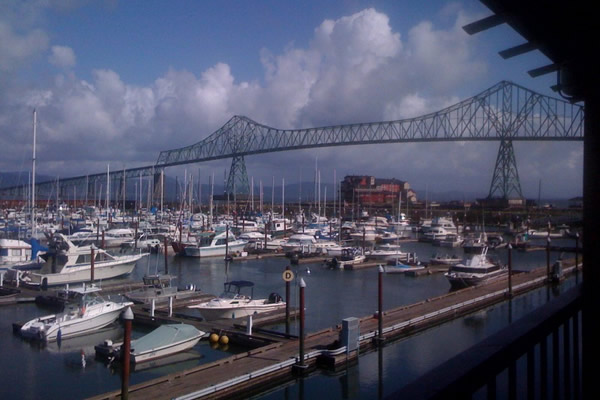
The Scene at Astoria
The team is assembling for a short cruise aboard the Atlantis, leaving Astoria, Oregon on a scientific cruise to Hydrate Ridge. At Hydrate Ridge, the deep submersible, Alvin, will explore the sea bottom...more
Planning for the Dive
After leaving Astoria we steamed to the "Hydrate Ridge" - an area at a latitude of 44N and longitude of 125W, about 45 miles off the coast of Oregon, where the sea floor is at a depth of 780 meters. The...more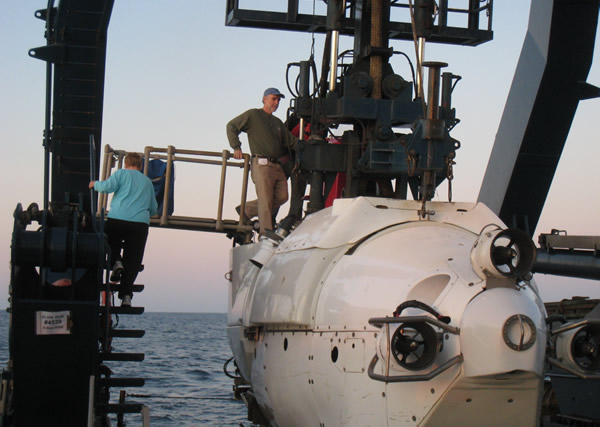
The Journey to the Ocean Floor
We clambered into the Alvin. Once inside, there wasn't much space for the three of us to move around. The "cabin" is a sphere made out of welded titanium metal and it's about the size of a small walk-in...more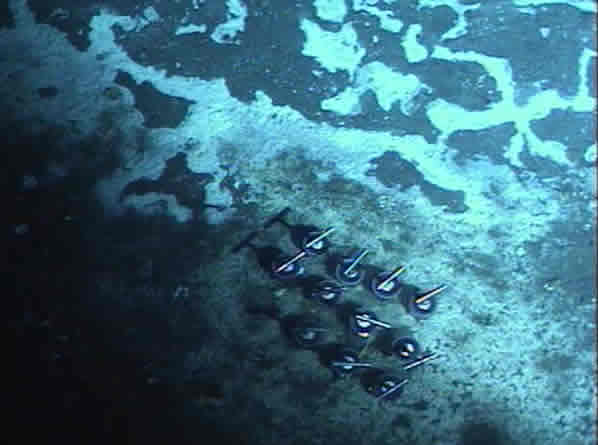
Searching for Microbial Mats
Once on the sea floor, Bruce started moving around to search for the microbial mats. Alvin moves a little like a blimp - you give it some momentum in a particular direction and it will keep going. It turns...more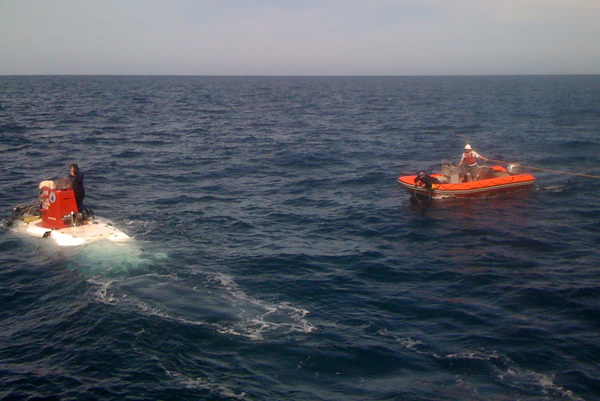
Alvin Heads Back to the Surface
To return to the surface, Bruce jettisoned two sets of weights and we began to ascend, again very gracefully. Again, we saw all kinds of jellyfish, strange fluorescent creatures, and floating particules...morePlease log in
Science Blogs
Real Climate: climate science from climate scientists

Windows to the Universe, a project of the National Earth Science Teachers Association, is sponsored in part is sponsored in part through grants from federal agencies (NASA and NOAA), and partnerships with affiliated organizations, including the American Geophysical Union, the Howard Hughes Medical Institute, the Earth System Information Partnership, the American Meteorological Society, the National Center for Science Education, and TERC. The American Geophysical Union and the American Geosciences Institute are Windows to the Universe Founding Partners. NESTA welcomes new Institutional Affiliates in support of our ongoing programs, as well as collaborations on new projects. Contact NESTA for more information.




